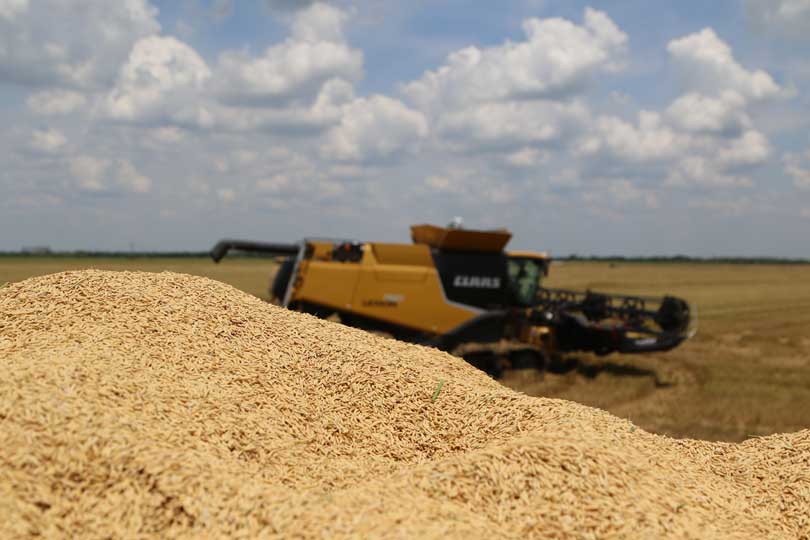By Justin Walker
Communications Specialist
Near-record yields of quality rice has Texas rice farmers considering a second harvest, according to Texas A&M AgriLife Research experts.
Coastal region rice growers who were able to plant before late March missed heavy spring rains that delayed planting for other growers in the area.
Those farmers are expecting near-record yields, AgriLife Research Crop Physiologist Dr. Lee Tarpley said, despite a few problems for some growers.
“Folks that planted late got hit by hot periods in July,” Tarpley said in an interview with AgriLife Today. “Daytime temperatures were in the upper-90s to over 100 degrees with nights about 77 degrees, which decreases yield when they coincide with flowering.”
According to the U.S. Department of Agriculture, Texas green yields reached 9,000-11,000 pounds per acre with good quality. Market uncertainty and falling prices were reported due to ongoing trade disputes with China and negotiations with Mexico and Canada.
About half of the 190,000 acres of rice planted this season were hybrid varieties, Dr. M.O. Way, AgriLife Research entomologist, said. Decent growing conditions have many farmers considering a ratoon crop¬¬—growing another crop from the stubble left from harvest.
An additional 35-50 percent of the main harvest could come from a ratoon crop, Way said.
“Main crop yields and quality are excellent in general,” he said. “I estimate early harvested fields, which are usually the highest yielding, averaged about 8,000 pounds per acre wet with some field over 10,000 pounds per acre wet.”
Plenty of water existed in the fields this year, Way said, but farmers did have to deal with a few issues along the way.
Pests such as rice water weevil and stink bugs were controlled, and damage caused by birds and wild pigs was limited. Heat damage, Way said, proved to be the biggest cause for concern, as high nighttime temperatures caused some panicle blanking.

